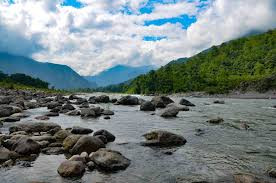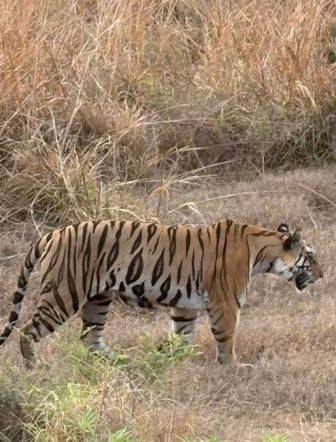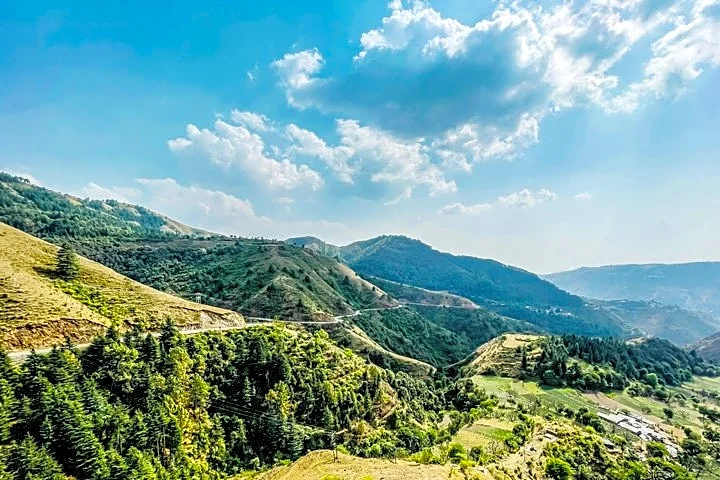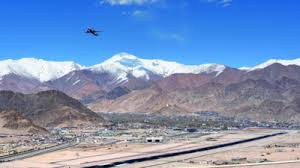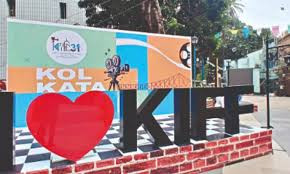ATOAI Launches Revolutionary Seven Sigma Safety Model to Propel India Toward Zero-Accident Adventure Tourism

IIE DIGITAL DESK : India’s adventure tourism sector, the Adventure Tour Operators Association of India (ATOAI) has introduced a groundbreaking safety initiat: India’s adventure tourism sector, the Adventure Tour Operators Association of India (ATOAI) has introduced a groundbreaking safety initiative titled the “Seven Sigma” model. This new framework aims to embed a zero-accident mindset within the growing industry, enhancing India’s position as a global leader in safe, sustainable, and standardized adventure travel. The announcement was made during a focused webinar titled “Safety First: Risk Mitigation in Adventure & Outdoor Tourism” held on April 4, 2025.
As India steadily climbs the global adventure tourism rankings, moving from the 99th to the 38th position, the demand for stringent safety standards has become more pressing than ever. The Seven Sigma model comes as a timely and critical development, aligning with ATOAI’s vision to see India among the world’s top ten adventure tourism destinations by 2034. This ambitious goal reflects not only the growth potential of the Indian adventure sector but also the responsibilities it must bear to ensure tourist safety.
During the session, ATOAI President Ajeet Bajaj emphasized the importance of transforming India’s adventure tourism culture. He noted that while achieving higher rankings is a matter of pride, it also places a tremendous responsibility on stakeholders to prioritize human lives, build public trust, and create standardized operating procedures that reflect global best practices. According to him, safety should be ingrained in the DNA of every operation—far beyond just meeting legal requirements.
The Seven Sigma model aims to create a 360-degree safety ecosystem for adventure tourism in India. By integrating safety across all layers of operations—from equipment to training, emergency preparedness to regulatory compliance—the model strives to eliminate accidents through proactive risk mitigation. It encourages operators to constantly monitor and improve their processes, rather than rely on one-time certifications or minimal compliance. Experts at the webinar highlighted the necessity of a dynamic approach where continuous audits, refresher training, and updated risk assessment tools are used to ensure long-term safety and sustainability.
Medical readiness, certified gear, competent staff, liability coverage, and strict adherence to guidelines are no longer optional—they are fundamental to the industry’s survival and growth. India’s diverse landscapes and adventure offerings—from Himalayan trekking to desert safaris and coastal water sports—make it a prime destination for thrill-seekers. However, without a standardized safety framework, the risks could outweigh the benefits.
The implementation of the Seven Sigma model is set to inspire confidence not just among domestic travelers but also among international tourists who often prioritize safety when selecting destinations. With India eyeing a more significant share of the global adventure travel market, ATOAI’s move is both timely and strategic.
By institutionalizing a zero-accident policy and supporting operators in executing it, ATOAI hopes to revolutionize the sector’s approach to risk. This move is expected to attract more responsible operators, encourage international collaborations, and ultimately set a benchmark for other countries to follow.
You might also like!




